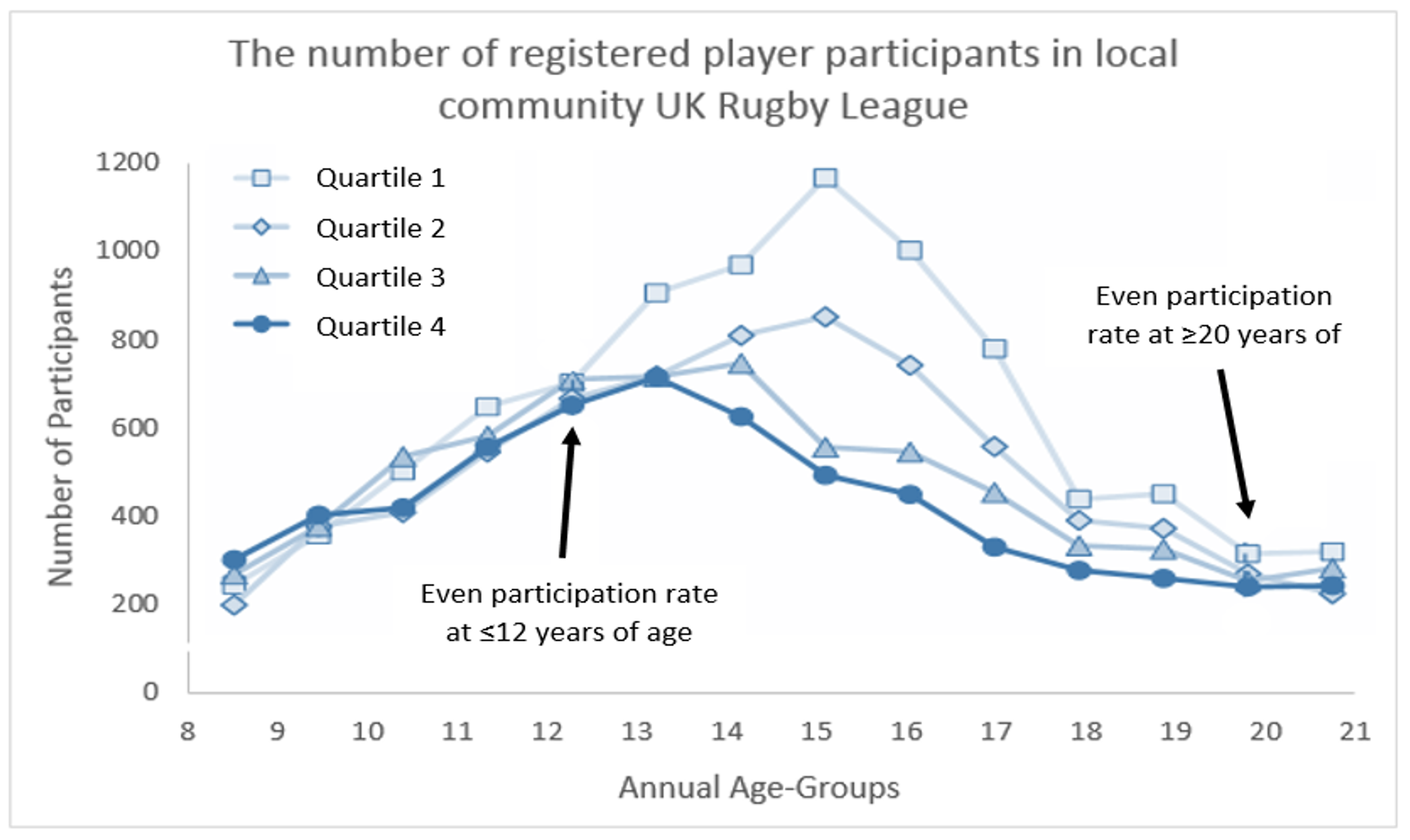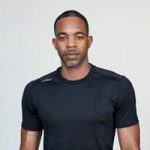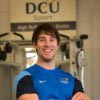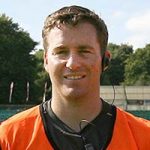The Relative Age Effect

The race to produce the next biggest star in sport is a continuous process within professional sport. It’s commonplace to see scouting networks created for soccer clubs all over Europe or football teams across America, in order to sign future potential professionals and convince their parents to move from an early age. However, it is becoming clear that large pools of talent are not being identified. In youth sport, physicality differences from one age group to the next is often obvious. However, even within age groups these differences can still be present. Research has illustrated that the timing of the year at which an individual is born has an effect on talent identification and birth selection. This concept is known as Relative Age Effect (RAE).
What is the Relative Age Effect (RAE)?
The term relative age effect (RAE) is used to describe a bias where participation is higher amongst those born early in a selected cohort than would be expected from the normalized distribution of live births. For example, an 11 month age difference between individuals within a particular age group, especially in teenage years, may result in significant differences in performance and favor those born earlier within that grouping. Different countries create different grouping criteria. For example, in England it is common to align sporting years with academic years, whereas in Ireland sporting years commonly align with the calendar year. The Relative Age Effect has been evidentially proven in a 2009 meta-analysis to have considerable effects on talent identification and ultimately persist into professional rankings. The meta-analysis presented findings that suggest RAEs are ‘robust’ and generally prevalent across the sports contexts examined. It was found that for every two participants born in the last quartile of an annual age-group, over three are participating from the first quartile of the same age-group.
The Matthew Effect
As up to almost 12 months of a gap can often exist within competing players, discrepancies in physical qualities are common, with those born in the 1st quartile often being able to dominate the physical battles and key performance measures. Differences in size, strength and speed increase/decrease the likelihood of selection at the onset of maturity. A study on rugby league players in North England highlighted that from U13 to U19, individuals were up to 50% less likely to participate if they were born in Quartile 4 vs Quartile 1.

The difficulty is how to keep those players who are physically disadvantaged involved in the sport so that after maturation they have the opportunity to benefit from any advantage that they may have in technical ability
Coaches and scouts can fall victim to The Matthew Effect. That name was coined by the sociologist Robert Merton, based on this bible verse from Matthew
For everyone who has will be given more, and he will have an abundance. Whoever does not have, even what he has will be taken from him. – Matthew 25:29
The Matthew Effect describes the situation where a coach fails to differentiate between maturity and skill. Often maturity is the deciding factor in youth selection where maturity often determines capability. As a result, the more mature player plays against higher competition, receives better coaching and is given more attention. The gap continues to grow between the individuals and the more mature player gets better and better.
The strong player is picked because he is better, and then ends up being better because he was picked, apparently vindicating the coach’s early decision – Ross Tucker
However, it must be questioned in the first place “Was his initial selection the result of his age, or was he genuinely the better sportsman?”.
Changing the focus at youth level
Of course, the quartile in which an individual is born, should not have a large effect on dropout rates and the likelihood in which they will make it to the elite level. However, it is clear that in reality it does. Some solutions to this problem which have been discussed include:-
Change the coaching mindset
The challenge is on coaching and scout networks alike to better establish the maturity and skill considerations of youths. This is a solution presented by Helsen, Winckel and Williams when suggesting that a change in mindset from coaches is needed.
Coaches should pay more attention to technical and tactical skills when selecting players as opposed to an over-reliance on physical characteristics such as height. In a similar vein, coaches should be encouraged to change their philosophical approach to instruction
Although it is common practice to ‘Play to Win’ at youth level, it is likely a ‘Play to Play’ model may provide more beneficial long-term outcomes. Player retention at youth level is essential. By allowing a more enjoyable environment and the ‘Play to Play’ mindset, late developers may be at a lower risk of dropout. Ultimately and ironically, this can lead to better performance long term as more players available at the senior levels will likely help performance. They conclude:-
The statement that ‘winning isn’t everything, but the only thing’ currently represents the strategic thinking of many youth coaches. Coaches should find a better balance between short-term success and a more task or process-oriented approach to instruction
More cut off ages
Another solution is to create more age categories with a smaller bandwidth (e.g. half a year instead of a full year). This may result in fewer physical differences presenting amongst individuals and ultimately a smaller RAE.
Bio-banding
Bio-banding is the process of grouping athletes based on attributes associated with growth and biological maturation, rather than chronological age / year of birth groups. In 2015, Southhampton FC hosted the world’s first bio-banded tournament. Players competed in teams based on their maturational status and biological age, rather than chronological age.
A 2019 study investigated the effect of bio-banding upon physical and technical performance in elite youth soccer athletes in the English Premier League. Results demonstrated that bio-banded competition changed the technical demand placed upon athletes compared to chronological competition, without reducing the physical demands. Bio-banding is still in its infancy and more research is needed to evaluate the benefits of bio-banding in youth development.
Delay the selection process
Another solution would be to delay the processes of selection process beyond puberty and maturation (15-16 years of age.) Fortunately, RAE does reduce at about the age of 17. Therefore, late developers with world class talent may be retained. Furthermore, early specialization can lead to further issues highlighted in a previous Metrifit blog.
In summary, the relative age effect is present in a wide range of elite sports and sheds light on the flaws of many talent identification systems. Due to the short-term approach to success in elite sports, coaches select players that will win them games in the immediate future. This means selecting players who are physically and emotionally more mature. The implications of this process will lead to a big pool of talent being overlook and misrepresented. Talent identification programmes must try to reduce the risk of the RAE through raising awareness, monitoring player’s maturation rate and avoid employing intensive early age talent selection – Karim Tayara
How Metrifit can help
Metrifit provides an immediate snap shot of athlete well-being across a number of metrics such as sleep, stress, readiness to perform, muscle soreness and training loads. It provides communication and feedback portals to support creating an optimal environment for success. It help fine-tune the coach-athlete relationship. Highlighting deviations from norms allows coaches to step-in with a quick chat to help a player get back on track or refer him/her to the proper support personnel for further assistance.
Metrifit’s new lifestyle profiling functionality is based on years of experience in this area – we know the key factors that underlie optimal performance. It provides an essential baseline to assess where you are, and set goals and objectives to improve in key areas that ultimately will improve your team’s performance.
To find out more contact us at or click on ‘Request Demo’ below.
About the author
Michael is a Sport Science student intrigued by understanding the variables and key determinants that impact an individual’s (athlete or general population) readiness to perform from both a psychological and a physiological standpoint. His primary areas of research revolve around physical development and the role of nutrition, sleep and stress in physical development. Michael works in multiple strength and conditioning environments from Rugby to Soccer to GAA, and also runs an online coaching service at Synthesize Coaching.
Follow us on social media where we post regular blogs related to sports, performance and well-being.
References
The relative age effect in youth soccer across Europe
The relative age effect in sport by Karim Tayara
Family Planning: Football Style. The Relative Age Effect in Football
Participation trends according to relative age across youth UK Rugby League
The Matthew Effect // Talent ID and sports science application
Birthdate and success in minor hockey: The key to the NHL
































 Previous Post
Previous Post Next Post
Next Post





